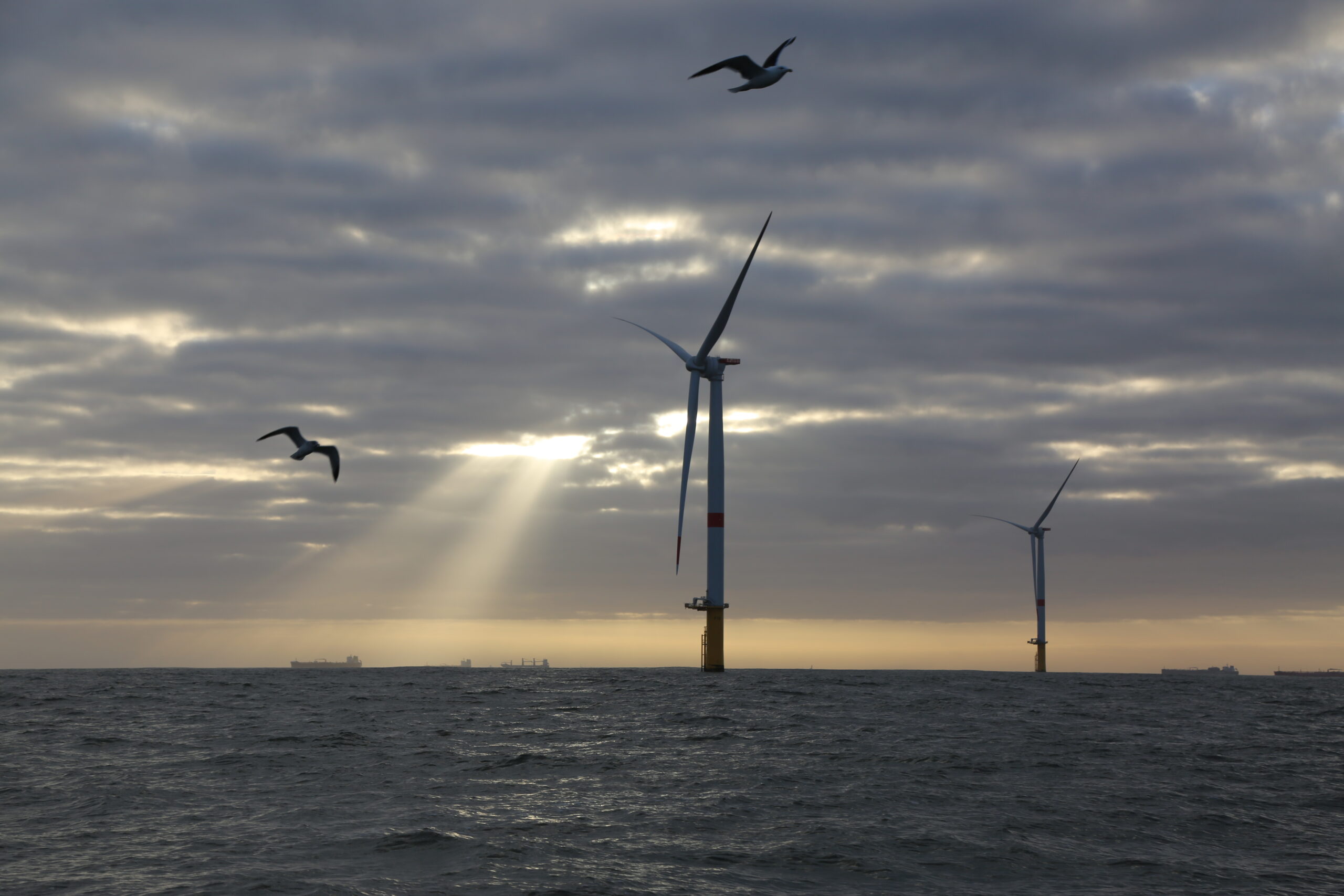Plan with Precision
Access historical ("hindcast") data plus live condition monitoring to arrange offshore operations safely and cost-effectively.
Mitigate Weather-Related Risks
Early warnings minimize unplanned downtime, ensuring consistent progress even in challenging climates.
Boost Operational Efficiency
Reliable metocean data means smoother scheduling, fewer safety incidents, and reduced idle time.
Avoid Expensive Delays
Comprehensive analytics offer clarity for proactive decision-making, saving on equipment and labor costs.






